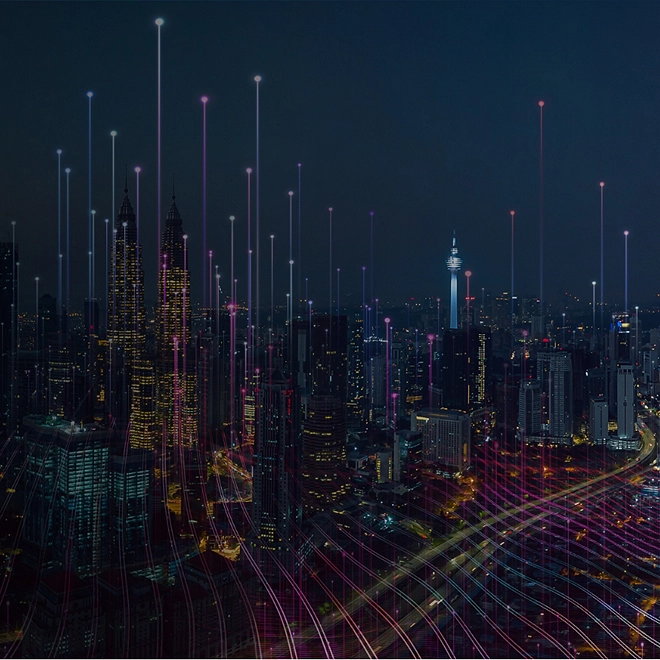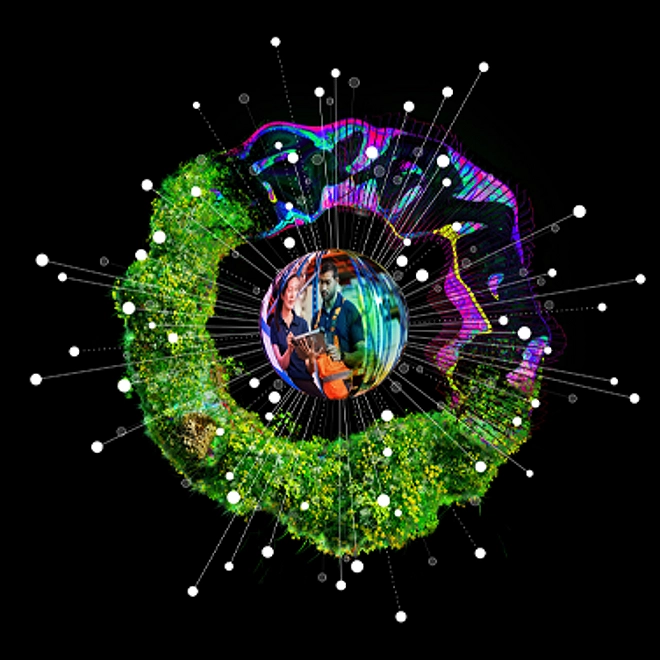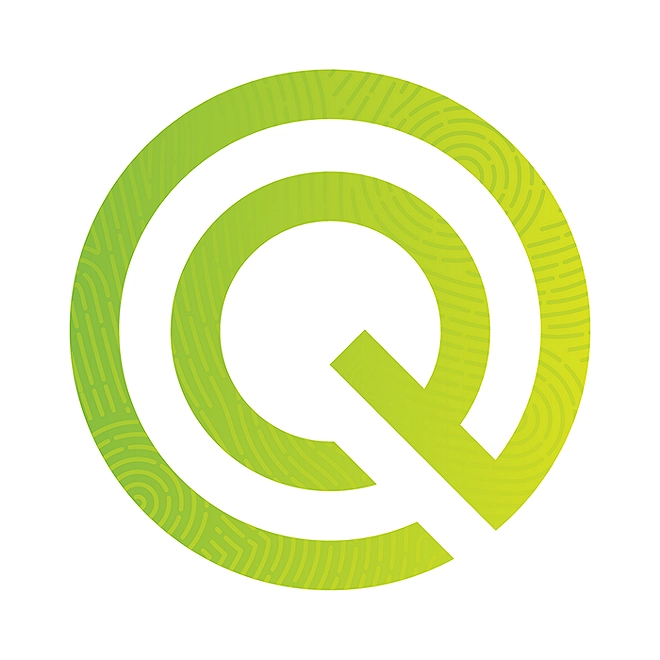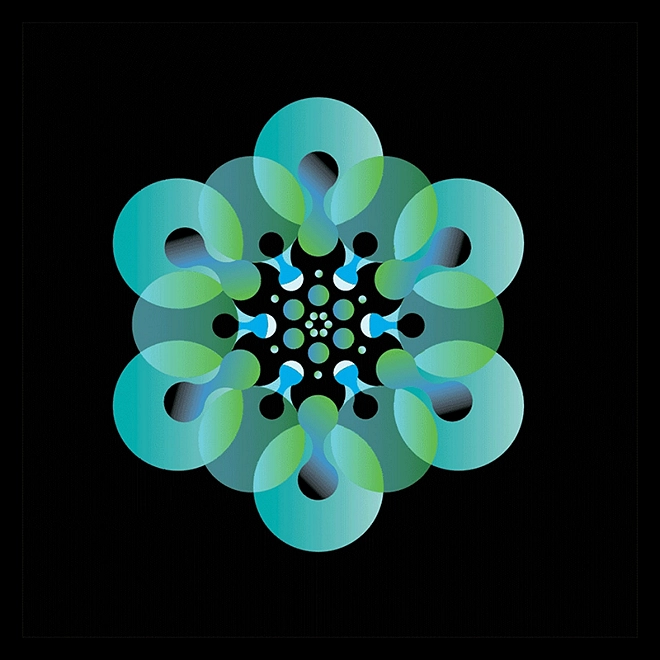Work Re-architected 2022
Unlocking human potential, productivity and meaning in the future of work
The extra-ordinary disruption brought by the Pandemic
At the height of the pandemic, Deloitte interviewed hundreds of workers across twelve countries to capture their first-hand perspective on work. The most common word respondents used to describe work during this time is “Challenging.”
It is a powerful word, speaking both to the extraordinary disruption brought on by the pandemic and to the increased value and meaning many workers found when the pandemic forced a re-alignment of their work to better match their potential and their motivations.
During this time, workers experienced changes to just about every aspect of their work. But many also gained greater clarity as to what they want and need from their jobs: Increases in autonomy, flexibility, a sense of contribution, opportunities to use their enduring human capabilities like creativity, and technology that works for them—and not the other way around—were all factors that respondents said would lead to an increased sense of meaning and productivity.
What does it mean to re-architect work?
Re-architecting work typically requires two shifts.
The first shift involves moving from focusing strictly on minimizing monetary cost to a broader focus on human cost, value, and meaning. This construct should apply across all key components: the organization, customers, and the workers themselves.

The second shift involves taking a close, detailed look at the work that gets done. Any project, program, or initiative should be broken down into its component parts down to the task level. Leaders and workers can then determine which tasks can be easily automated, or where workers can partner closely with technology. The remaining tasks – activities that require innately human skills such as problem solving, thinking creatively, agility, and learning new skills- are those that workers can focus on.
Re-architecting work moves beyond focusing on just the organization and the customer to seeing the workforce as unique contributor and worthy stakeholder.

Work re-architected, in four phases
While the Great Reimagination is in full swing in the post pandemic world, many organizations must re-architect the work they expect their workers to execute to reduce its cost to the humans doing it. This means redesigning work to emphasize what humans do best, prioritizing work that celebrates and depends on human capabilities such as creativity and problem-solving and making it clear how the work connects to broader motivations and goals for the worker and the organization.




